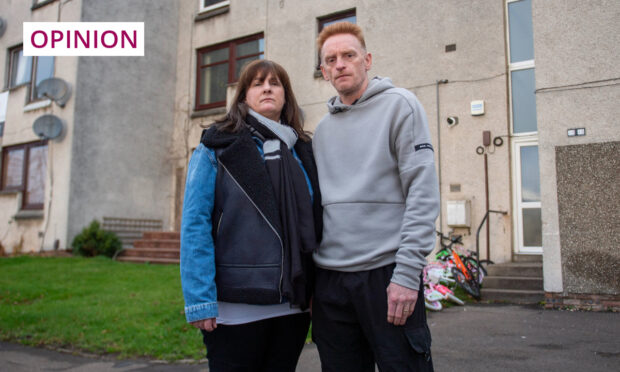You’d be forgiven for thinking we’re living through the biggest April’s Fool in history, today.
The UK Government’s new National Living Wage came into effect this morning, alongside the now notorious National Insurance hike.
And if you’ve also got the good fortune to work in the beleaguered UK hospitality industry, VAT contributions also return to their pre-pandemic levels of 20%.
It’s a triple whammy of taxable joy that has business owners across the country wincing at their bottom lines and asking themselves the simplest of questions: how do I make this all work?
Today it’s literally more expensive to be in business than it was yesterday.

Yet, despite these challenging economic circumstances, our business Mhor Coffee in Perth has decided to dig deep into our already well-dug pockets and pay our staff the Real Living Wage of £9.90n an hour.
Why?
Well, because we believe it’s actually the right thing to do.
Cost of living crisis means financial strain on employees
There’s no doubt the cost of living is being seriously squeezed.
For all the Government’s posturing on raising the minimum wage, they are also raising the deductions from those higher wages.
The tax man giveth, then they taketh away.
The net result isn’t too hard to understand though. It’s more tax in the Treasury’s coffers, and less money in our pockets at the end of the day.
There are TWO big cost of living changes coming into effect tomorrow:
1) £693 rise in the energy price cap that will double the number of families in fuel stress to five million.
2) 6.6% rise in the National Living Wage to £9.50 an hour. A huge boost to 2 million low earners.— Resolution Foundation (@resfoundation) March 31, 2022
This is exactly why we decided, as a small business, to take the plunge and become Real Living Wage Accredited.
It’s something for which I’ve long been a passionate advocate.
My other business, Cunningly Good Group, became living wage accredited in 2015 when the concept was something new-fangled, slightly left of centre and steeped in academic theory.
Today, I’d argue, every business should be seriously considering it and taking action to implement it sooner, not later.
Real Living Wage is a way for companies to show they care
Please, don’t get me wrong. I know that recovery post-pandemic is not easy for a lot of businesses.
The current circumstances are harder than the 2009 credit crunch, and that’s saying something.
However, if you are a business owner reading this, you still have the power (and arguably the responsibility) to make the biggest impact on the lives of those who work for you. You really do.

Despite those powers, only 23 businesses in Perth City Centre currently pay the Real Living Wage. Mhor Coffee will be number 24.
This number is still appallingly low. And a contributory factor to the cost of living crisis. We can’t blame Rishi for everything.
Now, more than ever, customers are looking for businesses to behave ethically and share their values.
Just look at the angry shock waves caused recently by P&O Ferries when they sacked 800 loyal employees and replaced them with workers earning less than the minimum wage.
The fact is people really care about businesses that really care about their staff, and show it.
We’re also living through the so-called Great Resignation, when people, jaded by empty employer promises and even emptier wallets, have gone off in search of riches in other industries.
Hospitality, in particular, is seeing its long hours and low wages culture directly challenged by the very people who work in it.
It’s the fourth biggest employer in the UK creating livelihoods for 3.2 million individuals and with 400,000 vacancies to fill.
As hospitality business owners we have the power to make a tangible difference to a great many people’s lives.
Employers and customers can support local businesses
Becoming a real Living Wage employer is both ethically right and economically sound.
If we truly want to build back better following the pandemic, this is a golden opportunity to nail our colours to the mast.
The Scottish Government has already set the tone by stating in its latest budget that it will require organisations in receipt of public sector grants to pay “at least” the Real Living Wage to all employees.
Companies looking to win contracts from the Scottish Government will now have to pay the real living wage. https://t.co/lalLnUGyoa
— STV News (@STVNews) October 14, 2021
Whether you are in hospitality or not, if your business received a grant at any point over the last two years, and needed it to survive, paying the Real Living Wage is now something which should be considered business critical, not a nice thing to have.
It’s a two-way street, though.
Customers are the life blood of any business. And, without enough of them, paying a Living Wage could become a pipe dream or, worse, a commercial nightmare.
The need for the general public to shop local and support local businesses has never been more important. Which is why the spare change at the bottom of my pocket will be spent locally.
Because that’s how I can make the biggest difference, personally.
Tricia Fox is the founder of Cunningly Good Group and Mhor Coffee.











